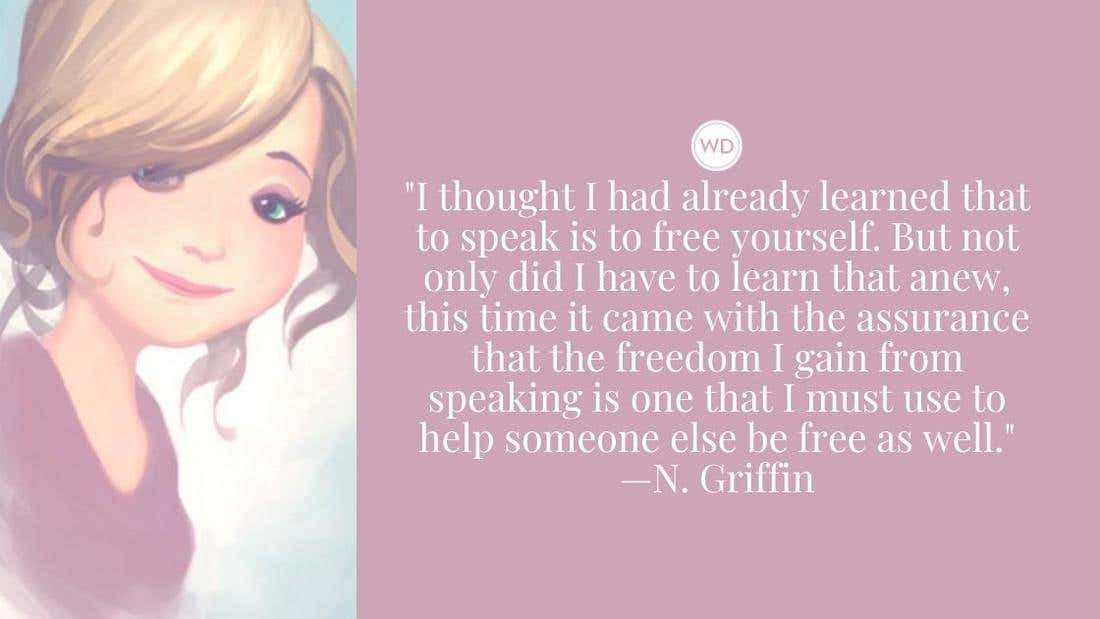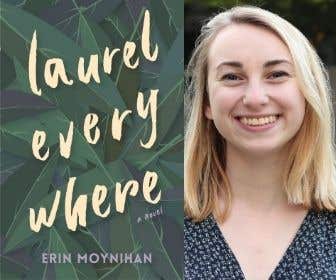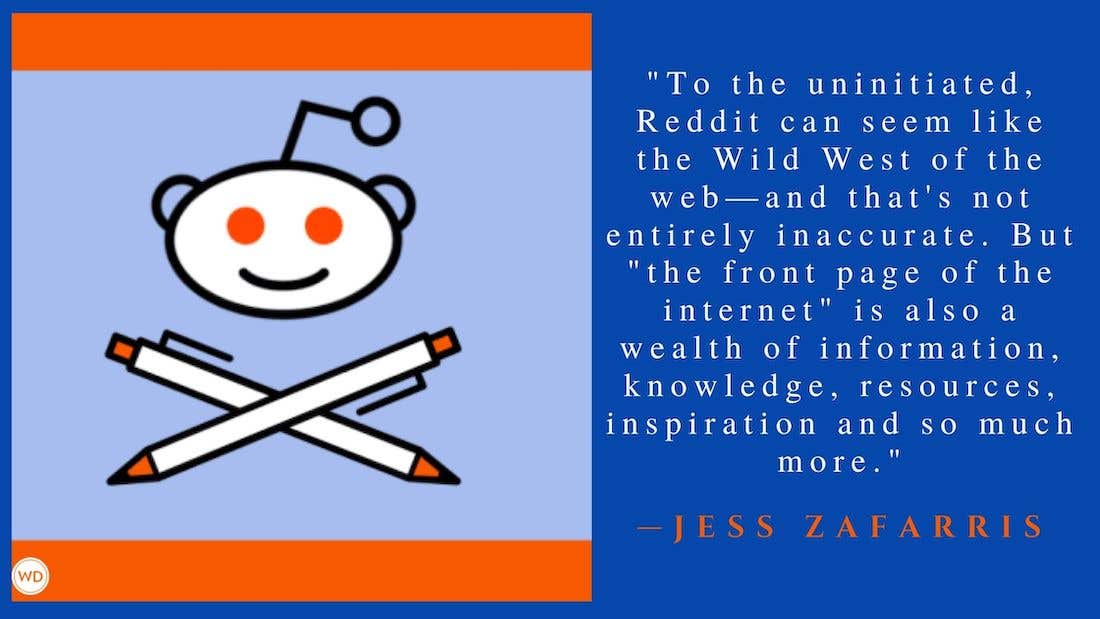How a Great Picture Book Comes to Life
Caldecott-winner Peggy Rathmann shares the process she went through to create her book Ten Minutes Till Bedtime, from the spark of an idea through countless revisions to the finished product.
If you discovered hundreds of ants treating your new house as the latest hot spot for lunch how would you react? Call an exterminator? Buy a bug bomb? Poison the little freeloaders? Peggy Rathmann set out buffets for her uninvited insect invaders.
The ants were first attracted to a pear Rathmann left on a windowsill to ripen. "There were enough of them to carry the pear away. It was as though the ants were on tour, as though they had found a new tourist attraction. I could see tour busses full of ants, and tour directors. When they ran out of food, they all disappeared. When I put a new pear out, they were back in and instant. It seemed like they were calling to each other, as though they were wired with cell phones."
This genuine fascination with the world around her, with something as seemingly mundane as a line of ants, is what makes Rathmann great at creating picture books. Instead of saying, "Damn!" she said "Wow!" Instead of pests, the ants became characters in one of Rathmann''s picture book masterpiece, Ten Minutes Till Bedtime (her follow-up to 1996 Caldecott Medal winner Officer Buckle and Gloria), features touring hamsters. The adorable rodents feast their eyes on a child''s getting-ready-for bed ritual, as his father counts down the minutes.
The first version of Ten Minutes was created well over a decade ago, an idea Rathmann came up with in a class. Her original vision was a pop-up, count-down book featuring "10 little big-headed baldies preparing for bed," she says. "But this version gave my family the heebie-jeebies" and she didn''t pick up the project again until Officer Buckle was finished.
Even for a Caldecott winner "nothing''s obvious when you start a new book. You''ve got all the choices in the world, and all you want to do is make the one that''s the best, but there are no real guidelines." As her work on Ten Minutes progressed, Rathmann''s characters went through many incarnations. First she changed the big-headed baldies to salamanders. "Over the months that followed, I changed the salamanders into beavers, the beavers into armadillos, and the armadillos into multi-colored wiener dogs. There was even a brief period in which the boy in the story was cohabiting with flamingos," says Rathmann. "It wasn''t until I tried putting the boy into a bathtub with ten manatees that I knew I was in trouble."
Through her revision process, Rathmann talked regularly with her editor at Putnam. "I''d blown through 20 deadlines and was hiding out. I considered faking my own death. I needed professional help," jokes Rathmann. "I broke down and called my editor. She said, ''Would this be a good time to take a few minutes and just talk about what you''re trying to say in this book?''"
Rathmann thought, "Yeah. I''ve just blown a year auditioning animal acts, and now if I want to put this book to bed this century, I''ll have to finish the whole thing in about ten minutes." That''s when it finally clicked—her book was about deadlines. Deadlines and distractions. "Knowing my book was about deadlines, however, didn''t keep me from changing the manatees into gerbils. And then, when someone asked me what ten gerbils were doing watching a boy go to bed, I decided it was because the gerbils were gerbil—tourists who thought the boy''s bedtime ritual was an interesting tourist attraction."
With the focus of the book clear, how did the gerbils become hamsters? "I was congratulating myself for having solved all the book''s problems when an author-friend told me that gerbils were illegal in California because they were considered an agricultural threat," explains Rathmann. "If the book became popular little children might attempt to smuggle gerbils into California and the gerbils would wipe out the agricultural industry there. Furthermore, my author friend said, ''It will be all your fault, Peggy.''"
So Rathmann turned the gerbils to hamsters. And the ten hamsters became dozens of hamsters. And one hamster alerted the others of the bedtime tour through a hamster website. A beginning page of the book features the hamster tour guide with his mouse clicking on www.hamstertours.com, homepage of "The 10-Minute Bedtime Tour—Free snacks! Clean restroom! Families welcome!"
This interview appeared in Children''s Writer''s & Illustrator''s Market. Check out the current edition.









